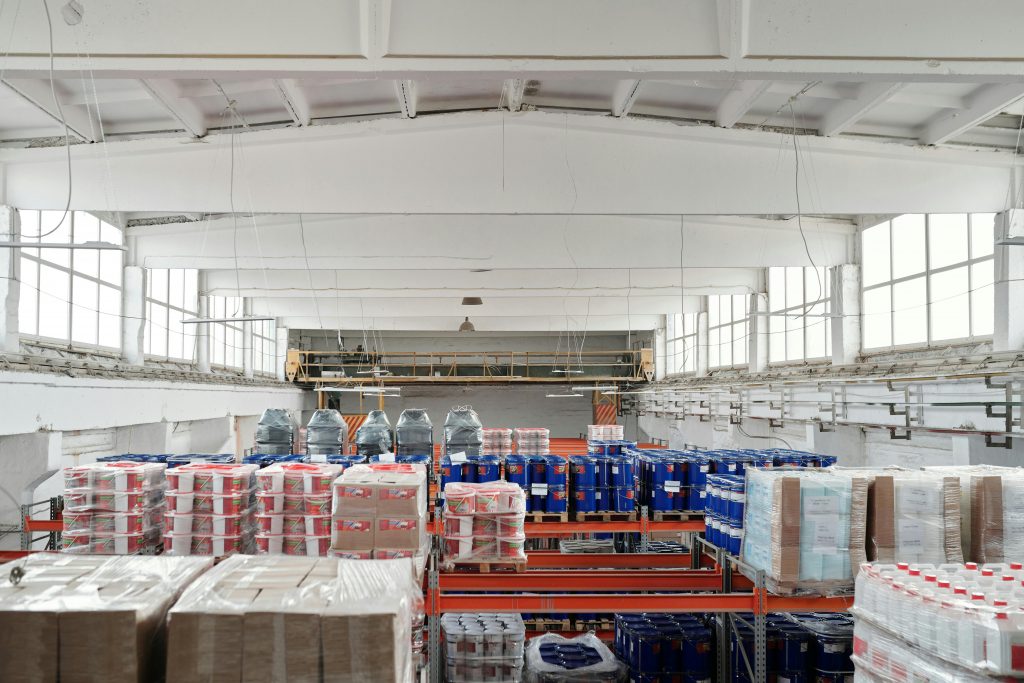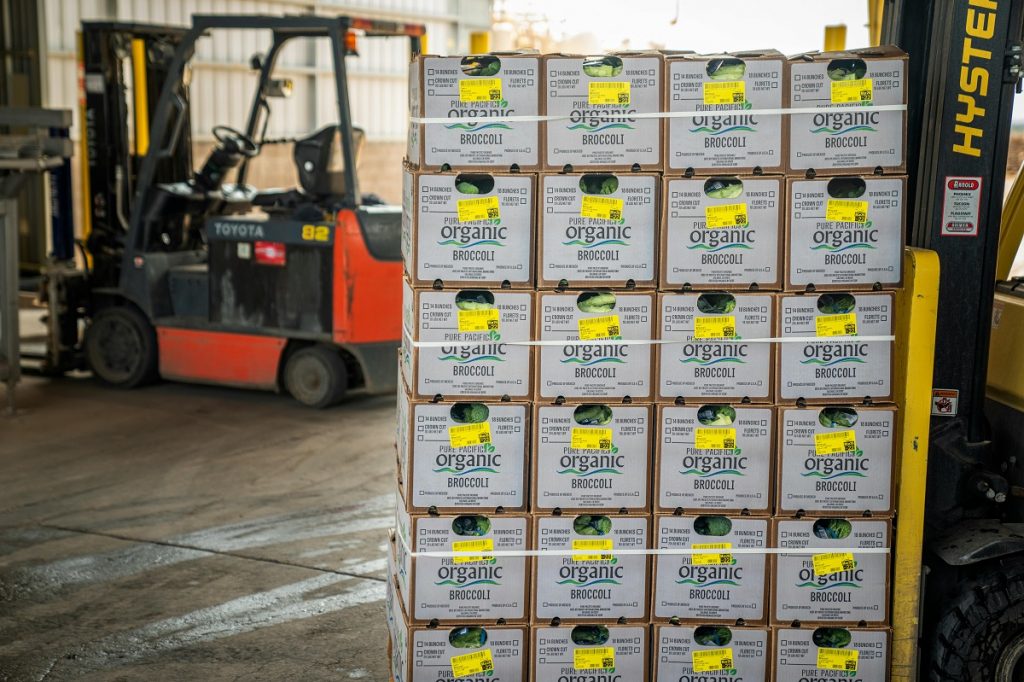
- Sustainable warehouses in Singapore are necessary for reducing the environmental impact of traditional warehousing practices.
- Implementing eco-friendly strategies offers economic and social benefits, such as reduced operating costs and improved brand reputation.
- Key strategies for developing an environmentally-friendly warehouse include optimizing energy consumption and improving waste management.
- Incorporating green building practices and adopting sustainable transportation methods can also contribute to a more eco-friendly warehouse.
In the modern business era, sustainability is not just a trend but a necessity. The warehousing sector is no exception, with a growing emphasis on environmentally-friendly practices. This shift towards green warehousing is crucial for businesses aiming to reduce their environmental impact while enhancing operational efficiency. In densely populated areas like Singapore, adopting sustainable solutions such as electric forklifts is becoming increasingly important for warehouses looking to stay competitive and eco-conscious.
The Importance of Environmentally-Friendly Warehouse Approaches
Traditional warehousing practices, with their heavy reliance on fossil fuels and non-renewable resources, have significantly affected environmental degradation. The shift towards green warehouses represents a crucial move towards sustainability. In Singapore, adopting electric forklifts is at the forefront of this transformation. These vehicles are instrumental in reducing greenhouse gas emissions, highlighting the warehousing industry’s dedication to protecting the environment.
As such, using an electric forklift in Singapore reduces the carbon footprint and has a positive impact on air quality, making it a win-win solution for both businesses and the environment. Electric forklifts are also quieter than traditional forklifts, reducing noise pollution in densely populated areas.
Adopting green practices offers substantial economic and social benefits, including reduced operating costs from lower energy consumption and a boost in brand reputation as consumers favor environmentally responsible businesses. Moreover, these practices contribute to healthier work environments, enhancing employee well-being and productivity.
Key Strategies for Developing an Eco-Friendly Warehouse
Transitioning to an eco-friendly warehouse involves more than just implementing a single solution; it requires a holistic approach that encompasses various aspects of warehouse operations. Here are some key strategies that can help warehouses reduce their environmental footprint and embrace sustainability:
Optimize Energy Consumption
Energy efficiency is at the heart of an eco-friendly warehouse. Strategies include upgrading to LED lighting, which consumes less energy and has a longer lifespan than traditional lighting. Installing energy-efficient HVAC systems and considering the installation of solar panels can significantly reduce reliance on non-renewable energy sources. Smart sensors and timers for lighting and climate control can further optimize energy use, ensuring that resources are not wasted.
Improve Waste Management and Recycling Efforts
An effective waste management and recycling program is essential for minimizing the environmental impact of warehouse operations. This involves reducing packaging materials, promoting the use of recyclable materials, and ensuring proper disposal of hazardous waste. By streamlining inventory management, warehouses can also reduce waste associated with overstocking and product expiration.
When it comes to recycling, warehouses can also explore partnerships with local organizations that specialize in repurposing materials or donate excess inventory to charitable causes.
Implement Green Building Practices
For new warehouses or those undergoing renovations, incorporating green building practices can make a significant difference. This includes using sustainable materials for construction, optimizing natural light, and improving insulation to reduce energy consumption. Green roofs, which are covered with vegetation, can improve insulation, reduce water runoff, and lower urban heat island effects.
Another important aspect of green building practices is taking into account the location and design of the warehouse. By strategically placing the warehouse in an area that reduces transportation distances, warehouses can minimize their carbon footprint.
Adopt Sustainable Transportation and Logistics
Sustainable transportation methods, such as electric or hybrid vehicles for delivery and logistics, can greatly reduce carbon emissions. Planning efficient delivery routes and consolidating shipments can also minimize fuel consumption. For warehouses in Singapore, leveraging electric forklifts not only reduces emissions but also supports the country’s vision for a sustainable future.
Leverage Technology for Efficiency
Advanced technologies like Warehouse Management Systems (WMS) and the Internet of Things (IoT) can significantly enhance operational efficiency and sustainability. These technologies can optimize inventory management, reduce errors, and improve overall warehouse operations, leading to reduced waste and energy consumption.
Technology can also track and analyze data to identify areas for improvement and increase transparency, allowing warehouses to make informed decisions about their sustainability efforts.
Other Key Considerations
Going green is a continuous process that requires dedication and constant evaluation. Warehouses should also consider conducting regular environmental audits to identify areas for improvement. Additionally, cultivating an environmentally conscious culture within the organization can inspire employees to adopt sustainable practices at work and in their personal lives. Here are a few other key considerations for warehouses looking to become more environmentally friendly:
- Procuring sustainable materials and products
- Reducing water consumption through efficient plumbing fixtures and landscaping practices
- Encouraging the use of public transportation or carpooling for employees
- Providing adequate training on green practices and environmental awareness for all staff members.
The Bottom Line
Developing an eco-friendly warehouse is an ongoing process that requires commitment and innovation. By focusing on energy efficiency, waste reduction, sustainable building practices, green transportation, and leveraging technology, warehouses can significantly reduce their environmental impact. As the industry moves towards a more sustainable future, adopting these strategies will not only help protect the planet but also offer economic benefits through operational efficiencies and improved brand reputation.




